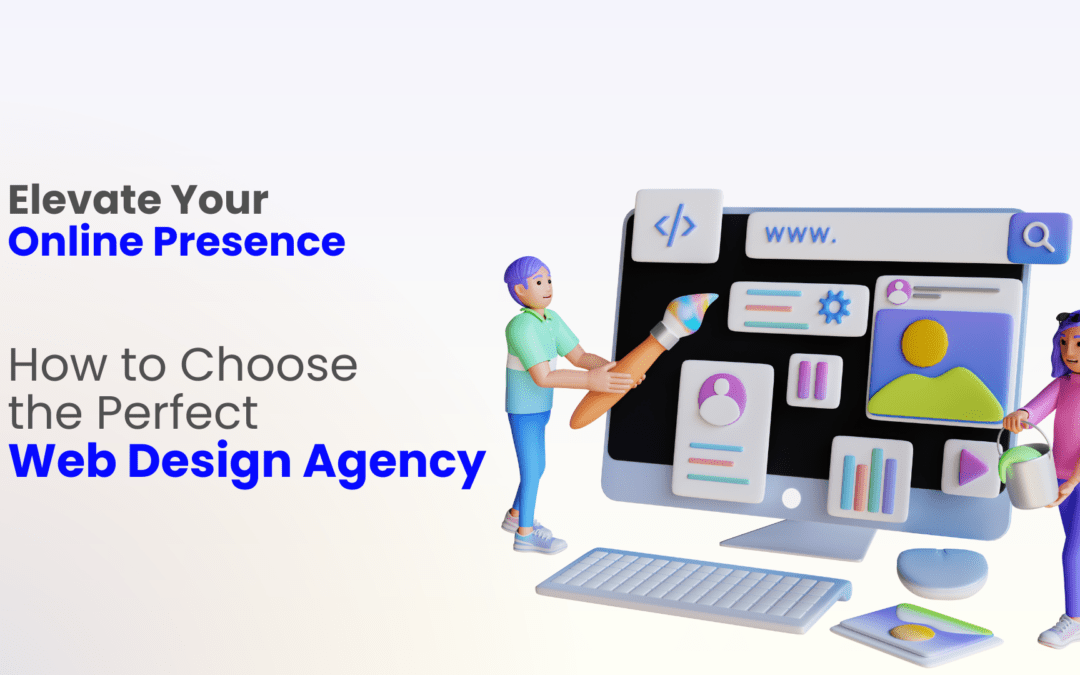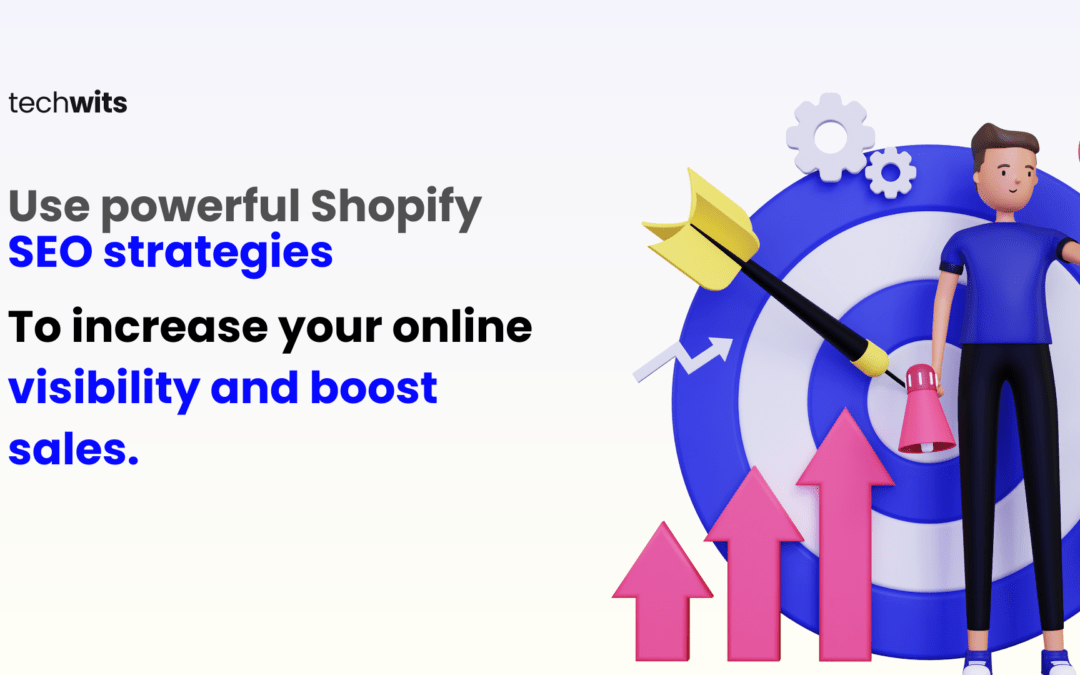
by Suleman | Oct 30, 2023 | Blog, digital marketing
Are you ready to take your business or organization’s online presence to the next level? In today’s digital age, having a well-designed website is crucial for success. But with numerous web design agencies, finding the perfect one for your needs can take...

by Suleman | Oct 30, 2023 | Blog, digital marketing
Introduction to Shopify SEO In today’s competitive online market, having a solid online presence is crucial for the success of any e-commerce business. One of the most effective ways to increase your online visibility and boost sales is through search engine...

by Suleman | Oct 30, 2023 | Blog, digital marketing
Benefits of Customer Retention StrategiesCustomer Retention StatisticsCritical Principles of Effective Customer RetentionBuilding a Customer Retention Marketing PlanPersonalization and Segmentation in Customer RetentionCommunication and Engagement Tactics for Customer...
by Alam | Sep 28, 2023 | Blog
Welcome to WordPress. This is your first post. Edit or delete it, then start writing!



